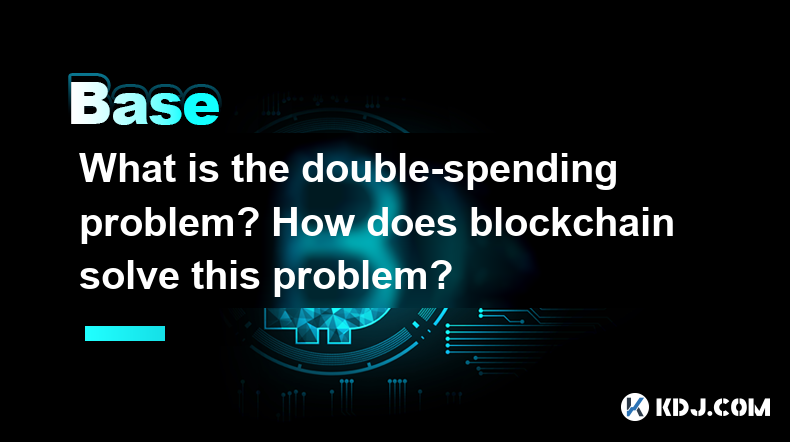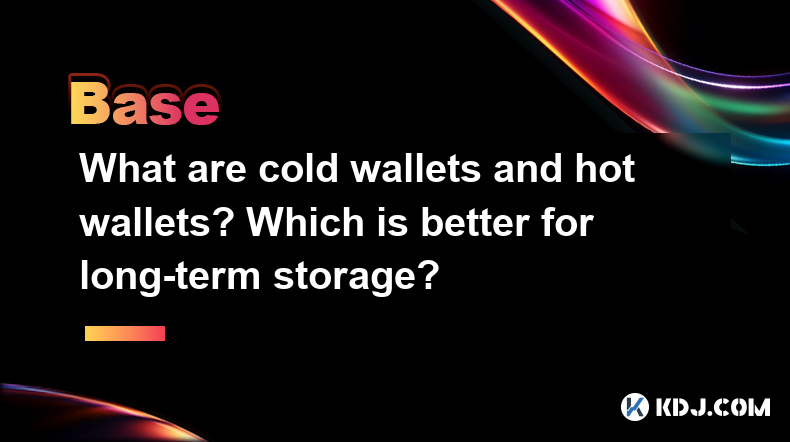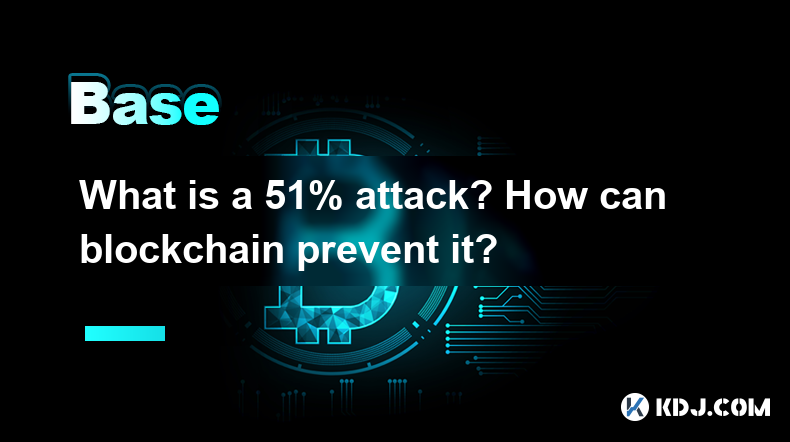-
 Bitcoin
Bitcoin $83,055.9927
-0.47% -
 Ethereum
Ethereum $1,811.3411
-0.84% -
 Tether USDt
Tether USDt $0.9996
-0.02% -
 XRP
XRP $2.0568
-0.29% -
 BNB
BNB $592.3786
-1.07% -
 USDC
USDC $1.0000
0.02% -
 Solana
Solana $115.8401
-3.10% -
 Dogecoin
Dogecoin $0.1622
-2.36% -
 Cardano
Cardano $0.6499
-0.49% -
 TRON
TRON $0.2387
1.14% -
 Toncoin
Toncoin $3.5313
-7.91% -
 UNUS SED LEO
UNUS SED LEO $9.4387
0.79% -
 Chainlink
Chainlink $12.8160
-2.83% -
 Stellar
Stellar $0.2597
-0.92% -
 Avalanche
Avalanche $18.1550
-1.86% -
 Sui
Sui $2.2297
-6.00% -
 Shiba Inu
Shiba Inu $0.0...01216
-1.10% -
 Hedera
Hedera $0.1628
-0.73% -
 Litecoin
Litecoin $83.3180
0.23% -
 Polkadot
Polkadot $4.0186
-0.86% -
 MANTRA
MANTRA $6.3865
0.69% -
 Bitcoin Cash
Bitcoin Cash $302.0680
0.90% -
 Bitget Token
Bitget Token $4.5033
-1.06% -
 Dai
Dai $1.0000
0.01% -
 Ethena USDe
Ethena USDe $0.9995
-0.05% -
 Hyperliquid
Hyperliquid $11.9355
-4.35% -
 Monero
Monero $213.8810
-0.87% -
 Pi
Pi $0.5489
-17.54% -
 Uniswap
Uniswap $5.8524
-1.97% -
 Aptos
Aptos $5.0205
-3.57%
What Is Backtesting in Crypto?
By backtesting trading strategies against historical data, crypto traders can gain insights into strategy effectiveness, optimize risk management, and make informed decisions about implementing trading models.
Oct 18, 2024 at 12:06 pm

What Is Backtesting in Crypto?
Backtesting in crypto is a process of evaluating the performance of a trading strategy or model on historical data. It involves simulating trades based on the specified rules and parameters and analyzing the results to assess the strategy's profitability, risk, and other performance metrics. By testing the strategy on historical data, traders can gain insights into its potential effectiveness and make informed decisions about its implementation.
Steps Involved in Backtesting:
- Gather Historical Data: Collect a comprehensive dataset of historical prices, order book data, and other relevant metrics for the asset being traded.
- Define Trading Strategy: Develop a clear set of rules or algorithms that outline when and how trades should be executed. This includes entry and exit criteria, risk management parameters, and order types.
- Simulate Trading: Using software or programming tools, execute the trades based on the defined strategy using the historical data. This involves simulating market conditions and calculating profits or losses for all trades.
- Analyze Performance: Evaluate the performance of the strategy by calculating key metrics such as profitability, drawdown, Sharpe ratio, and win rate. These metrics provide insights into the strategy's risk and reward characteristics.
- Optimize Strategy: Based on the backtesting results, make adjustments to the strategy's parameters or rules to optimize its performance. This may involve adjusting entry or exit points, risk management settings, or other aspects of the strategy.
Benefits of Backtesting:
- Evaluate Strategy Performance: Test the profitability, risk, and other aspects of a trading strategy before deploying it with real capital.
- Identify Trading Opportunities: Backtesting can help identify potential trading signals and patterns in historical data that can inform future trading decisions.
- Risk Management: Optimize risk management parameters to minimize potential losses and manage drawdowns.
- Improve Strategy Development: Use backtesting to refine and improve trading strategies based on insights gained from historical performance.
- Gain Market Insights: Examine the behavior of the underlying asset and market conditions over time to gain a better understanding of market dynamics.
Disclaimer:info@kdj.com
The information provided is not trading advice. kdj.com does not assume any responsibility for any investments made based on the information provided in this article. Cryptocurrencies are highly volatile and it is highly recommended that you invest with caution after thorough research!
If you believe that the content used on this website infringes your copyright, please contact us immediately (info@kdj.com) and we will delete it promptly.
- Cango, a publicly traded Chinese conglomerate, has agreed to sell its legacy China operations to an entity associated with peer Bitmain
- 2025-04-04 09:35:11
- Neo Initiates an Investigation into Large-scale NEO Token Movements Preceding a Sharp Decline in Market Value
- 2025-04-04 09:35:11
- Bitcoin (BTC) Price Juggles Around $82,000 as the Global Market Dynamics Are Surrounded with Uncertainty
- 2025-04-04 09:30:12
- Move Over DOGE and PEPE, There's a New Meme Coin in the Market: InfluencerPepe
- 2025-04-04 09:30:12
- Solana (SOL) Drops by Nearly 12.75% in the Last 24 Hours to a Three-Week Low of $100
- 2025-04-04 09:25:12
- Florida Homeowners Will Have to Wait for Property Tax Relief
- 2025-04-04 09:25:12
Related knowledge

Why is the oracle called the bridge between blockchain and the real world?
Apr 04,2025 at 04:00am
The concept of an oracle in the cryptocurrency and blockchain world is crucial for understanding how these decentralized systems interact with external data. The oracle is often referred to as the bridge between blockchain and the real world because it serves as a vital intermediary that fetches, verifies, and transmits off-chain data to the on-chain en...

What is the double-spending problem? How does blockchain solve this problem?
Apr 04,2025 at 09:07am
The double-spending problem is a significant challenge in the realm of digital currencies. Double-spending refers to the potential for a digital currency to be spent more than once. This issue arises because digital files, unlike physical cash, can be easily duplicated. If not addressed, double-spending could undermine the integrity and trust in any dig...

What are cold wallets and hot wallets? Which is better for long-term storage?
Apr 04,2025 at 07:57am
Cold wallets and hot wallets are two primary types of cryptocurrency storage solutions, each with its own set of advantages and security levels. Understanding the differences between them is crucial for anyone looking to store their digital assets safely, especially for long-term storage. What is a Cold Wallet?A cold wallet, also known as a hardware wal...

What is a 51% attack? How can blockchain prevent it?
Apr 04,2025 at 02:08am
A 51% attack is a significant threat to the security and integrity of a blockchain network. In this type of attack, a single entity or group gains control of more than half of the network's mining power or hash rate. This control allows the attacker to manipulate the blockchain by double-spending coins, preventing the confirmation of new transactions, o...

What is a stablecoin? How does it maintain price anchoring?
Apr 04,2025 at 09:49am
A stablecoin is a type of cryptocurrency designed to minimize the volatility typically associated with other cryptocurrencies like Bitcoin and Ethereum. The primary goal of a stablecoin is to maintain a stable value by pegging it to a more stable asset, such as a fiat currency (like the US dollar) or a commodity (like gold). This stability makes stablec...

Why can the inverted hammer shape appear at the bottom be used as a reversal signal?
Apr 03,2025 at 04:07pm
Inverted Hammer is a common K-line pattern in technical analysis, and is often regarded as a potential reversal signal when it appears at the bottom. This article will explore in detail why an inverted hammer line may be a reversal signal when it appears at the bottom, and provide specific identification and application methods. Basic characteristics of...

Why is the oracle called the bridge between blockchain and the real world?
Apr 04,2025 at 04:00am
The concept of an oracle in the cryptocurrency and blockchain world is crucial for understanding how these decentralized systems interact with external data. The oracle is often referred to as the bridge between blockchain and the real world because it serves as a vital intermediary that fetches, verifies, and transmits off-chain data to the on-chain en...

What is the double-spending problem? How does blockchain solve this problem?
Apr 04,2025 at 09:07am
The double-spending problem is a significant challenge in the realm of digital currencies. Double-spending refers to the potential for a digital currency to be spent more than once. This issue arises because digital files, unlike physical cash, can be easily duplicated. If not addressed, double-spending could undermine the integrity and trust in any dig...

What are cold wallets and hot wallets? Which is better for long-term storage?
Apr 04,2025 at 07:57am
Cold wallets and hot wallets are two primary types of cryptocurrency storage solutions, each with its own set of advantages and security levels. Understanding the differences between them is crucial for anyone looking to store their digital assets safely, especially for long-term storage. What is a Cold Wallet?A cold wallet, also known as a hardware wal...

What is a 51% attack? How can blockchain prevent it?
Apr 04,2025 at 02:08am
A 51% attack is a significant threat to the security and integrity of a blockchain network. In this type of attack, a single entity or group gains control of more than half of the network's mining power or hash rate. This control allows the attacker to manipulate the blockchain by double-spending coins, preventing the confirmation of new transactions, o...

What is a stablecoin? How does it maintain price anchoring?
Apr 04,2025 at 09:49am
A stablecoin is a type of cryptocurrency designed to minimize the volatility typically associated with other cryptocurrencies like Bitcoin and Ethereum. The primary goal of a stablecoin is to maintain a stable value by pegging it to a more stable asset, such as a fiat currency (like the US dollar) or a commodity (like gold). This stability makes stablec...

Why can the inverted hammer shape appear at the bottom be used as a reversal signal?
Apr 03,2025 at 04:07pm
Inverted Hammer is a common K-line pattern in technical analysis, and is often regarded as a potential reversal signal when it appears at the bottom. This article will explore in detail why an inverted hammer line may be a reversal signal when it appears at the bottom, and provide specific identification and application methods. Basic characteristics of...
See all articles






















































































